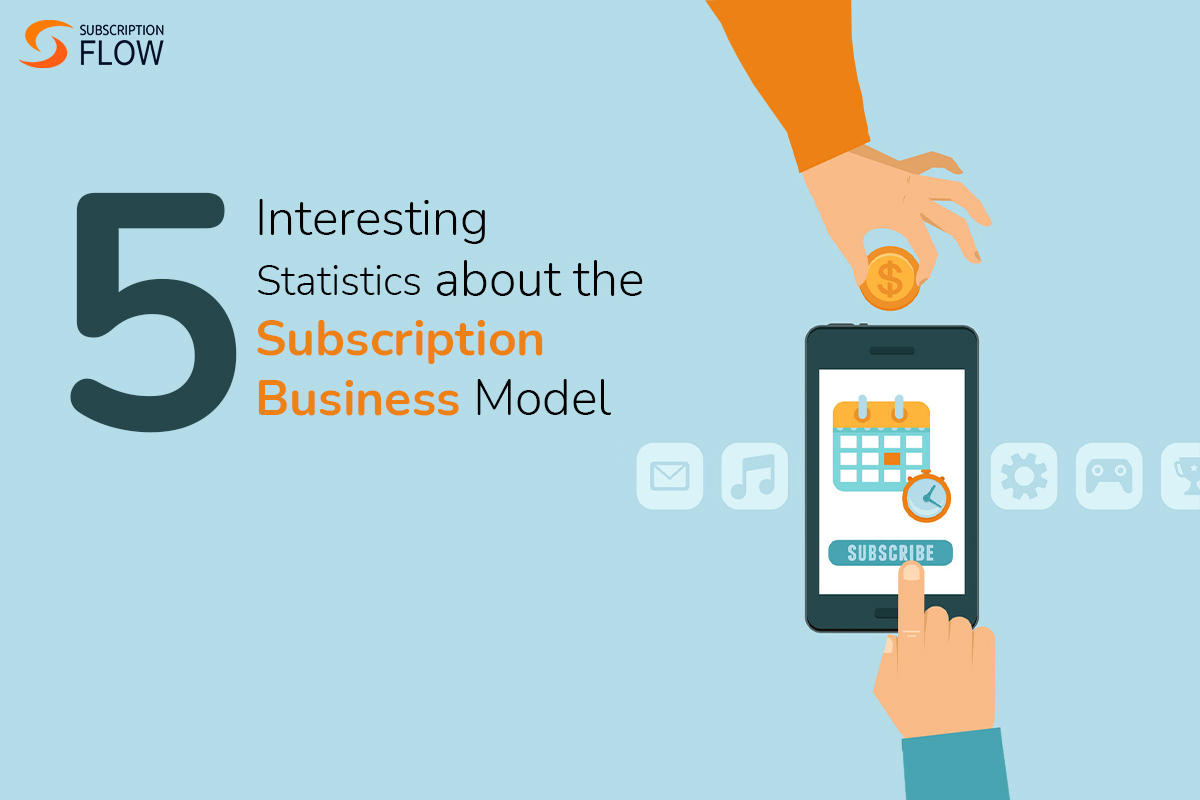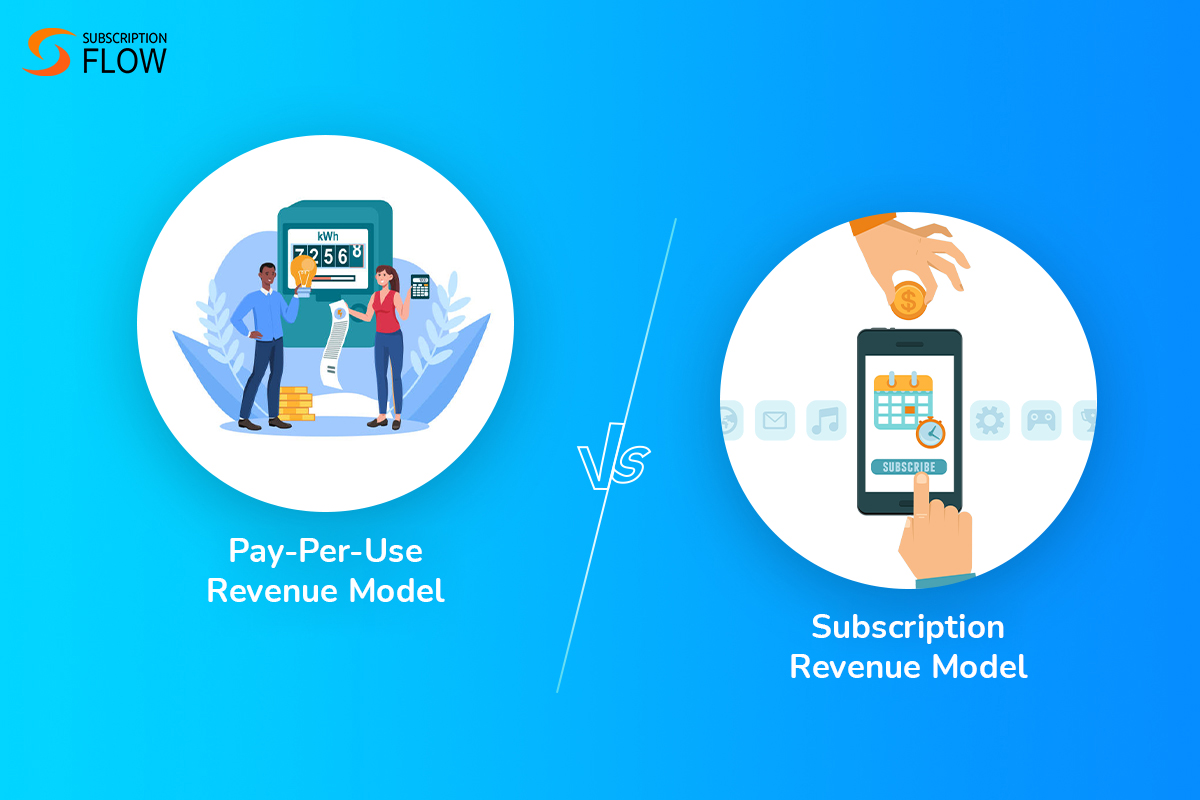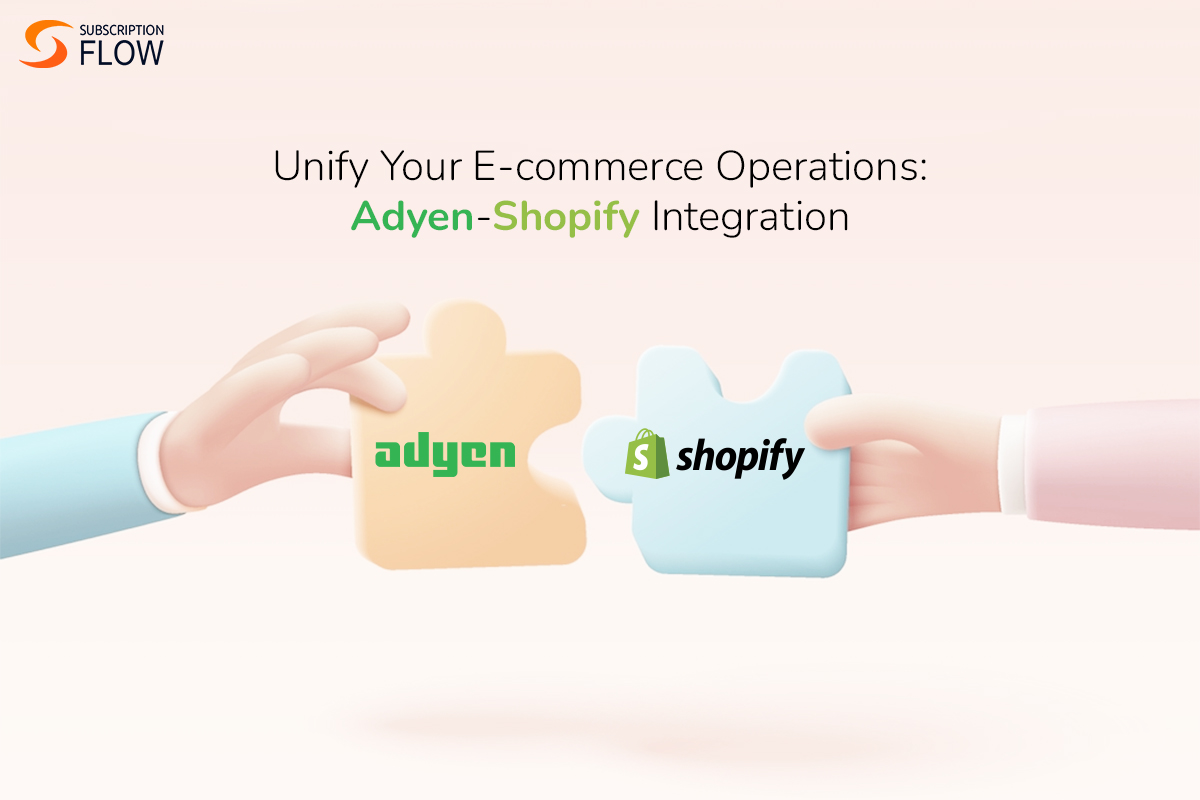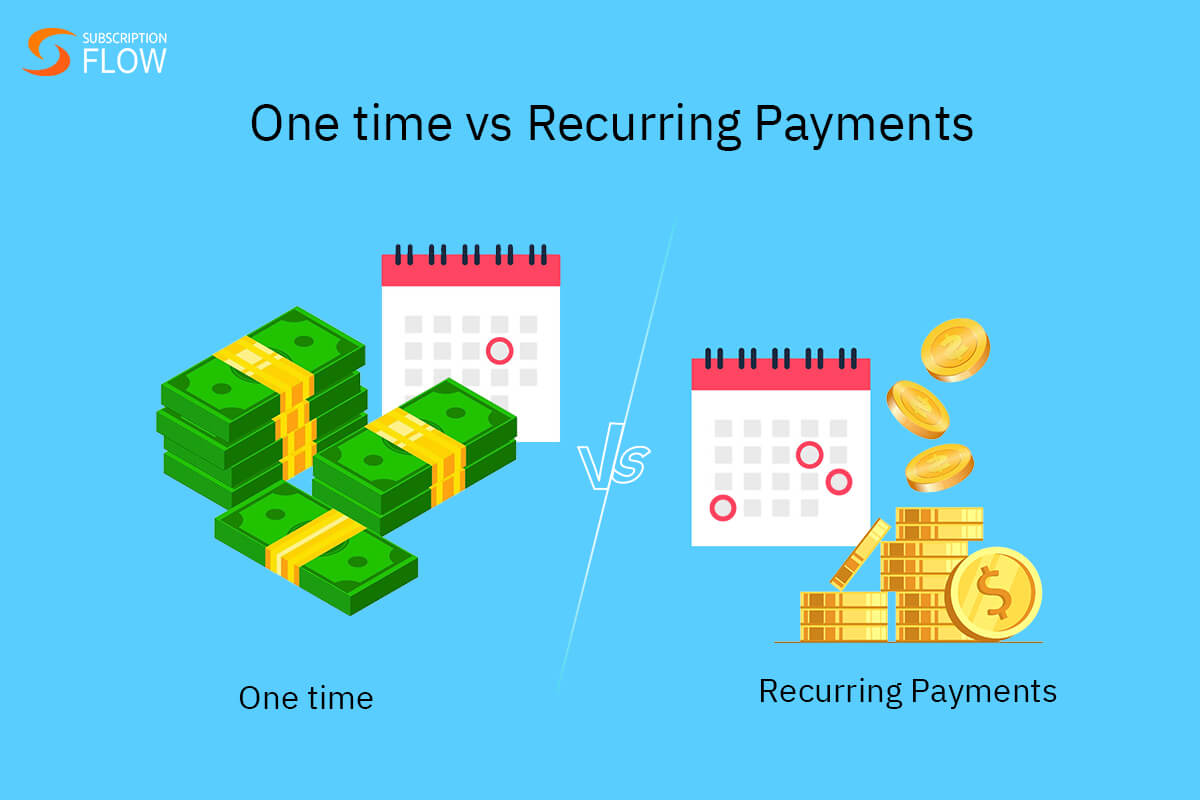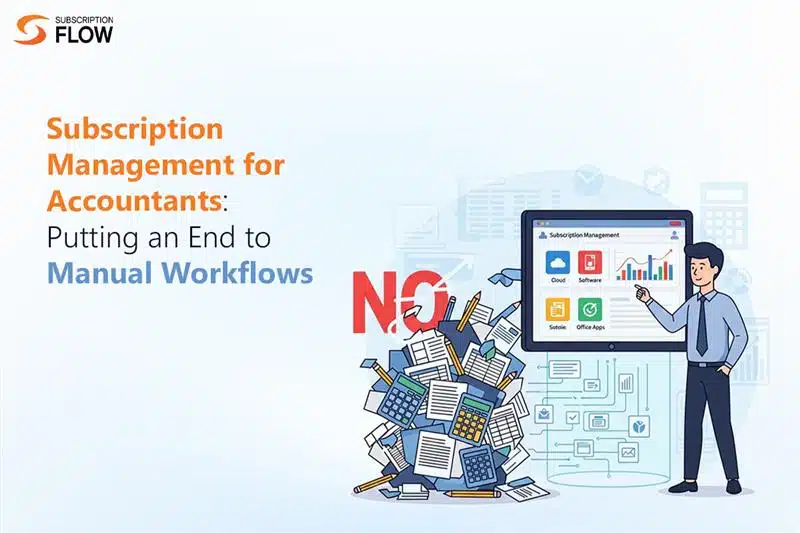
Subscription Management for Accountants: Putting an End to Manual Workflows
The spreadsheet era is over, and has now been replaced by automation. Accountants working for subscription businesses today can’t rely on manual processes for complicated calculations. Keeping financial records accurate, and invoices compliant is central to any business’s operations.
Errors in accounting processes can prove costly, and can also distort revenue performance evaluation. That’s why accountants need automated subscription management solutions. Such software helps manage subscription invoicing, while also simplifying accounting.
SubscriptionFlow is a leading platform when it comes to the integration of subscription management and accounting operations. Let’s break down what accountants gain from this integration.
Why Accountants Deserve Better Than Spreadsheets
There are too many challenges that arise when dealing with a subscription business’s finances manually. Some of them are:
- Invoices piling up every cycle
Accountants need to ensure that their company issues accurate invoices. And in a subscription arrangement, invoices have to be assigned on a recurring basis. Meaning, accountants have to go through the trouble of verifying every single invoice one cycle after another.
They also have to ensure that it’s accurately formatted according to the compliance standards. Plus, they need to check if the taxes applied on the invoices are correct. All of this is a lot of work of do without a specialized software.
- Proration needed for plan changes
Proration is what makes invoicing more complicated. It’s needed whenever a customer upgrades or downgrades their subscription plan. Their charges have to be adjusted according to the new plan, and they may also qualify for a refund.
In the absence of automation, all charges have to prorated manually. And accountants have to stay on their toes keeping up with such invoice changes, so that they are recorded accurately.
- Compliance with ASC 606/ IFRS 15
Ensuring revenue recognition compliance is one of the core tasks that accountants perform. Recognizing revenue in a subscription model works differently compared to a one-time sale. In a one-time sale, revenue is earned immediately.
But, for subscription services requiring upfront payments, revenue recognition is a time-taking process. That’s because the revenue is only completely earned when a subscription cycle comes to an end.
Manually, accountants have to track the starting and ending dates of every customer’s cycle. And they also have to consider any proration that took place in-between to recognize revenue according to the given rules.
- Time taking account reconciliation
Reconciliation means matching the generated invoices with the actual payments received. That’s a smart way for businesses to know how much they were owed, and how much they were actually paid. But this process is slow, and requires careful attention to avoid missing any important details.
It is also inefficient for invoice scenarios that involve proration, failed payments and refunds. Verifying accounts by matching them with spreadsheets is just as mentally taxing as it sounds.
How Subscription Management Software Helps Accountants
Subscription management software relieves the workload of accountants immensely. With this software they don’t have to manage their finances from scratch. Instead, they get to benefit from a lot of automated processes, such as invoice generation and tracking. This is how having a subscription management platform helps:
- Sets invoicing workflows straight
With this software, invoicing is entirely automated. This includes invoice creation, status tracking, and recording. Each customer’s past invoices are securely saved inside the system, and are easily accessible. Moreover, the software simplifies tax calculation too. It applies tax charges to all the invoices according to the customers’ countries.
- Deals with plan changes and proration itself
Accountants don’t need to waste their time calculating complex prorations. Subscription management software takes care of that, and also ensures precise charge adjustments. It doesn’t leave any room for billing mistakes. When billing is mistake-free, it is easier to maintain accurate financial statements.
- Integrates with accounting software
Who says billing and accounting systems have to be separate? They can very well be integrated to make financial management easier. SubscriptionFlow allows accountants to channel their invoicing data smoothly into accounting systems, like Fortnox. So that they don’t have to reconcile accounts or recognize revenue manually. More detail on this in the next section.
- Provides basic financial reporting tools itself
Subscription management software allows businesses to view basic financial reports on their dashboards. They can track their revenue for any time period, like a month or a year. They can also track their paid and outstanding invoices, failed payments, cash flow, etc. These reports enable accountants to evaluate the business’s financial health better.
Another advantage of the reporting feature is that all the data is centralized in one system. Accountants don’t need to pull out reports from different sources, and try to make sense of scattered data. Subscription management software holds it all together for them.
SubscriptionFlow & Fortnox: A Winning Combo for Accountants
The SubscriptionFlow and Fortnox duo combines subscription management and accounting together. This gets rid of the data silos, manual data entry and reconciliation, and many other inefficiencies. With SubscriptionFlow’s seamless invoicing, and Fortnox’s flawless bookkeeping, accountants can make financial management pain-free:
Here’s what this combo does for you:
- Automatic invoice sync
SubscriptionFlow handles invoice generation, and syncs all invoices to Fortnox once the systems are connected. This way all invoices, payment statuses, and invoice changes (for plan changes) flow into Fortnox seamlessly.
Inside Fortnox, they are recorded as journal entries on the general ledger automatically. This GL becomes the business’s financial summary where all their billing data is centralized.
- Unified billing management
All of a business’s billing activity that takes place inside SubscriptionFlow is recorded in Fortnox.
Accountants don’t need to make double data entries, such as entering invoice details into Fortnox themselves. There’s only one source of billing truth for them, i.e. SubscriptionFlow.
This ensures that both systems have equally consistent and accurate billing records. Since SubscriptionFlow handles billing without any margin for errors, it passes the most accurate and updated data to Fortnox as well. This makes Fortnox’s GL error-free, and audit-ready.
- Smooth payment reconciliation
Accountants can reconcile payments automatically in Fortnox too. All invoices and their statuses are transferred to the accounting system. And if any invoice’s status changes from unpaid to paid, that is also recorded in the GL. This makes matching the owed with the received payments easier.
- Automated revenue recognition
Fortnox helps recognize revenue over a subscription lifecycle. It keeps a record of customers’ payments under deferred revenue, and then converts them into earned revenue as the subscription cycle rolls on. By the end of the cycle, all revenue is automatically shifted to the earned category.
If customers are getting billed monthly in SubscriptionFlow, then Fortnox can create monthly recognition cycles. If there are subscription periods other than monthly, recognition periods can be based on those timelines too. Accountants can check the earned and deferred revenue at any point in the cycle.
- Tax compliant invoice generation
Fortnox is especially designed to handle the taxes for Swedish businesses. When it receives invoices from SubscriptionFlow, it can make them VAT compliant automatically. Accountants can also format their invoices according to the accepted European standards effortlessly.
- Audit-ready financial records
Accountants can access a detailed billing log in SubscriptionFlow. It includes all details regarding the billing actions that took place, and their time-stamps. This log gives businesses a holistic picture of their billing history. When it is synced to Fortnox, it becomes more organized, and serves the purpose of an audit-trail.
All billing events, their sources and time-stamps get recorded in Fortnox’s GL. These entries are automatically sorted under the right accounts. This gives businesses an accurate, and more structured picture of their finances.
Manual accounting processes eating your precious time? Replace them with automation using the SubscriptionFlow-Fortnox integration, and make staying audit-ready effortless.

